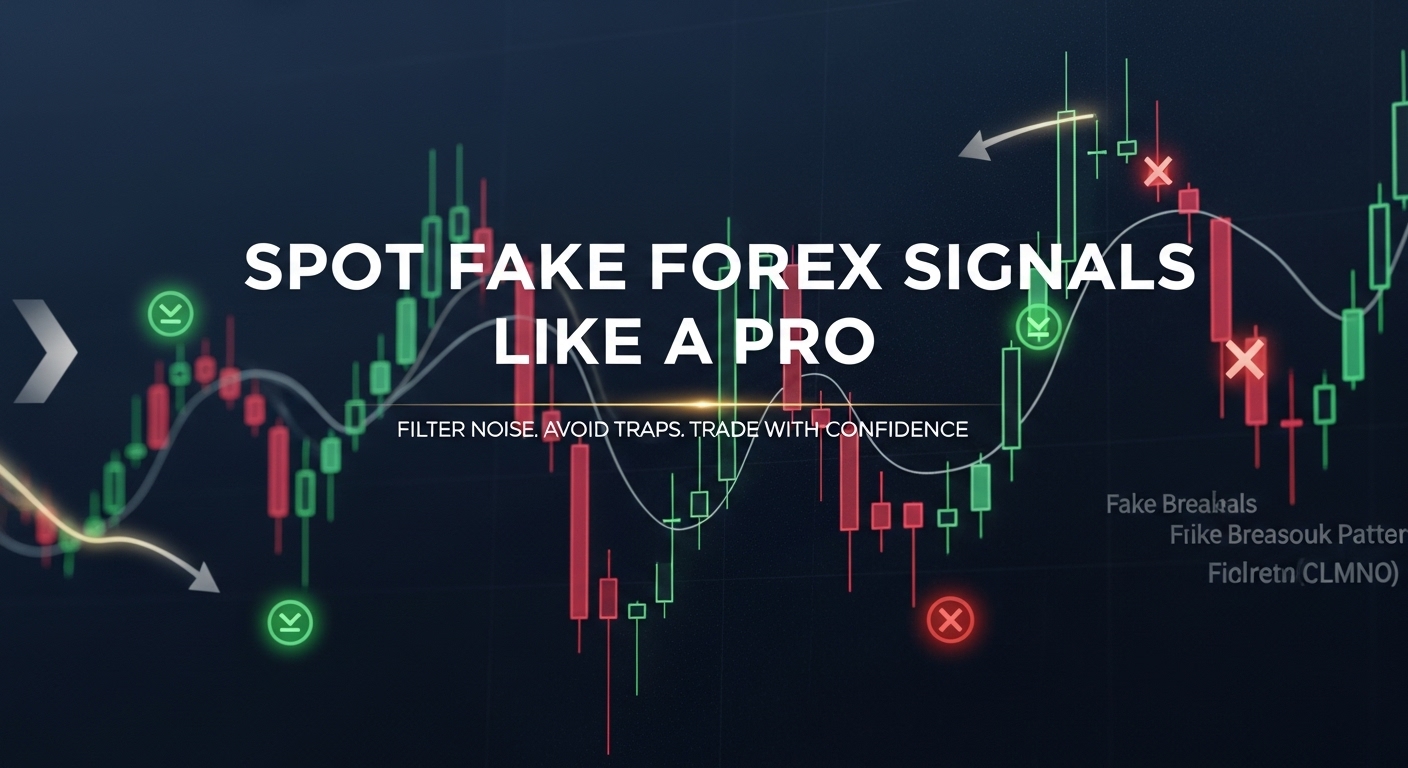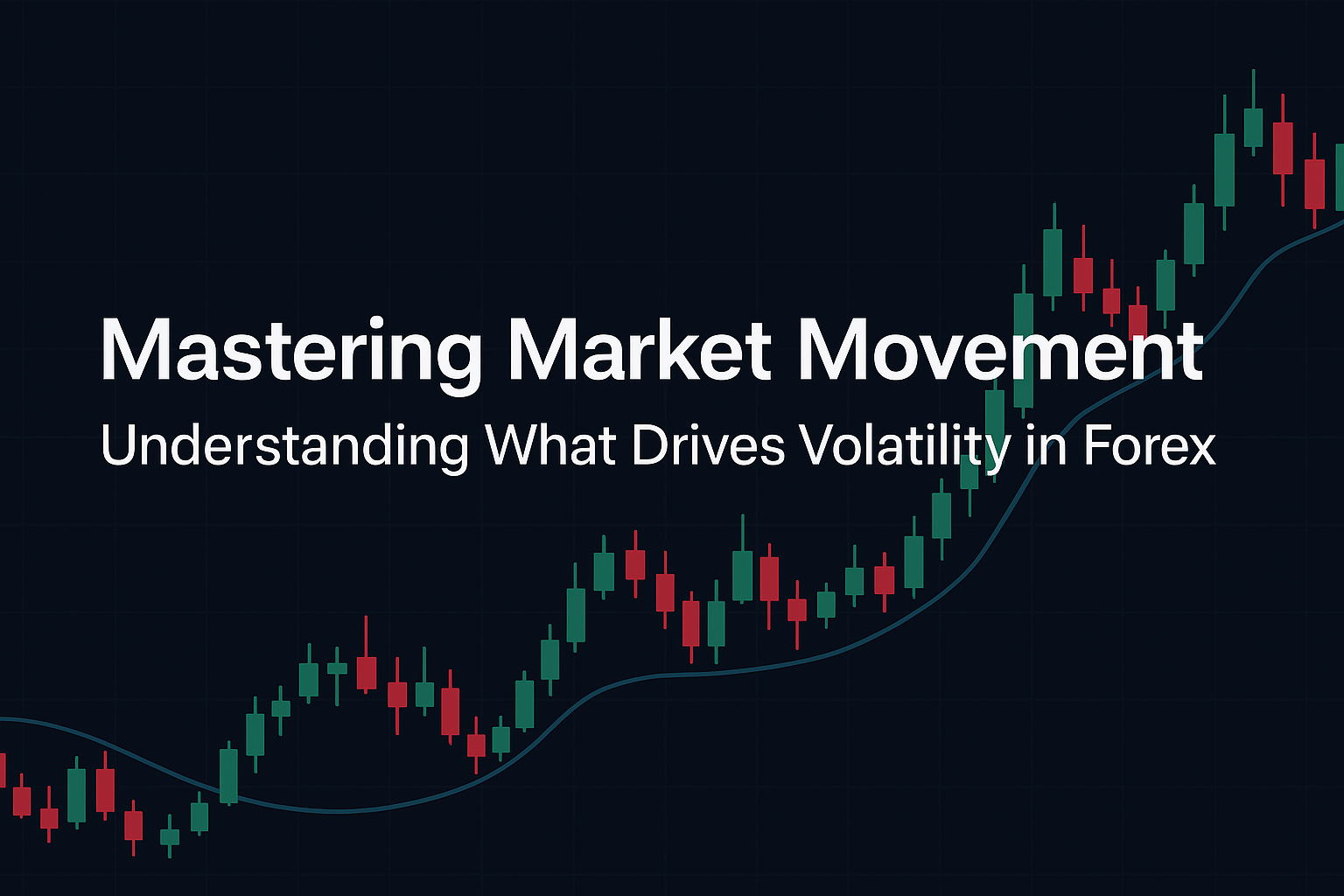Table of Contents
The Wyckoff Pause Range is a crucial concept in Richard Wyckoff’s trading methodology. It provides traders with insights into temporary consolidations that occur within established trends. Unlike Wyckoff’s accumulation and distribution phases, which signify major trend reversals, the pause range represents a brief market equilibrium before the dominant trend resumes. Understanding this pattern can help traders make informed decisions, anticipate breakouts, and optimize entry and exit points.
What is the Wyckoff Pause Range?
In the Wyckoff method, price movements follow distinct phases driven by institutional activity. The pause range, often referred to as a re-accumulation or re-distribution zone, occurs when price temporarily consolidates within an existing trend. This range is neither a reversal nor a complete trend exhaustion but rather a controlled phase where large market participants accumulate or distribute assets before continuing in the trend’s direction.
Wyckoff identified that smart money (institutional traders) strategically uses these pause ranges to absorb liquidity and shake out weak hands before pushing prices in their intended direction. Therefore, recognizing a pause range can help traders avoid being misled by short-term price movements.
Key Characteristics of the Wyckoff Pause Range
- Occurs Within a Strong Trend
- Unlike accumulation or distribution phases, a pause range appears mid-trend, acting as a temporary consolidation before continuation.
- It can form in both bullish and bearish markets.
- Defined Support and Resistance Levels
- Price moves within a defined range, bouncing between a temporary support and resistance.
- A confirmed breakout from this range signals the trend’s resumption.
- Volume Decline Followed by Expansion
- Typically, trading volume contracts during the range formation.
- A strong breakout with increased volume confirms smart money’s re-entry into the trend.
- Market Structure Alignment
- Pause ranges often align with other Wyckoff phases, such as spring (for bullish continuation) or upthrust (for bearish continuation).
- They can serve as entry points for traders looking to join an established trend.
Wyckoff Pause Range vs. Accumulation and Distribution
| Feature | Pause Range | Accumulation | Distribution |
| Trend Context | Mid-trend consolidation | Downtrend reversal | Uptrend reversal |
| Volume Behavior | Decreases, then surges on breakout | Increasing during accumulation | Increasing during distribution |
| Breakout Direction | Follows the prevailing trend | Breaks upwards | Breaks downwards |
| Institutional Action | Temporary absorption before continuation | Smart money buying | Smart money selling |
Unlike accumulation or distribution, which indicate trend shifts, the pause range signals a brief equilibrium where price temporarily stabilizes before continuing in the same direction.
How to Trade the Wyckoff Pause Range
1. Identify the Trend Context
Before considering a pause range as a trading opportunity, confirm that it occurs within an ongoing uptrend or downtrend. If the market is moving sideways or forming lower highs and lower lows, the structure may be a distribution or accumulation phase rather than a pause range.
2. Monitor Volume and Price Action
Volume analysis is crucial in identifying whether a pause range is a setup for trend continuation. If volume decreases during the range and spikes on breakout, it suggests smart money is still engaged in the trend. Watch for Wyckoff’s key volume patterns:
- Uptrend: Low volume in the range followed by a breakout with high volume.
- Downtrend: Temporary consolidation with declining volume, then breakdown with increased selling pressure.
3. Look for Confirming Price Structures
Wyckoff traders often use springs and upthrusts as trade signals within pause ranges:
- A spring (in a bullish trend) occurs when price temporarily dips below support, only to reclaim the range and break out higher.
- An upthrust (in a bearish trend) happens when price temporarily spikes above resistance, only to reverse and continue downward.
4. Trade the Breakout with Confirmation
- Enter long trades after an upside breakout of resistance with increasing volume.
- Enter short trades after a breakdown below support with high selling volume.
- Use stop-loss levels just beyond the range boundaries to limit risk.
5. Apply Wyckoff’s Law of Cause and Effect
The duration of the pause range often determines the strength of the subsequent breakout. Longer consolidation periods indicate a larger accumulation or distribution effort, leading to stronger price movements when the range resolves.
Conclusion
The Wyckoff Pause Range is a fundamental concept that helps traders identify temporary consolidations within trending markets. By analyzing price structure, volume, and institutional activity, traders can anticipate high-probability breakout opportunities. Unlike accumulation and distribution, which signal major trend reversals, the pause range acts as a brief equilibrium before the trend resumes.
Mastering the Wyckoff methodology, including pause ranges, allows traders to align with market cycles and avoid false breakout traps. Whether trading stocks, forex, or crypto, applying Wyckoff’s principles can significantly improve market timing and trade execution.







One thought on “Wyckoff Pause Range”